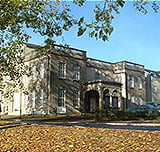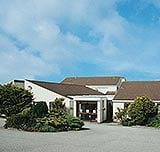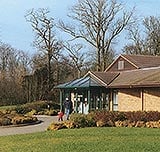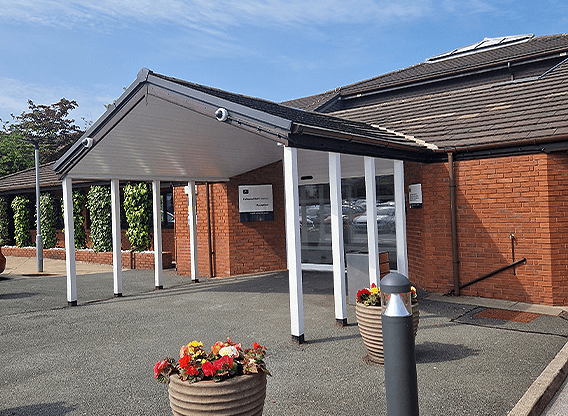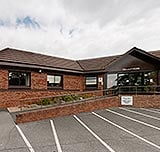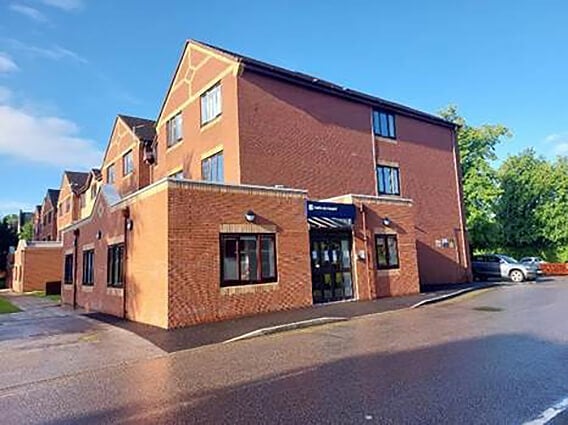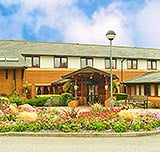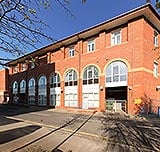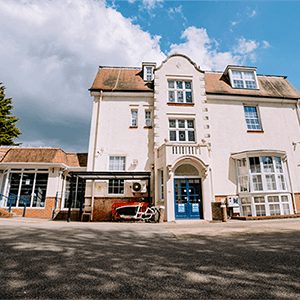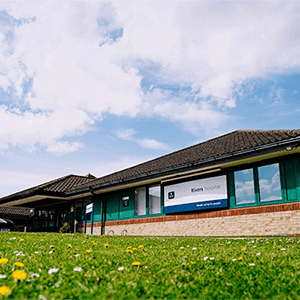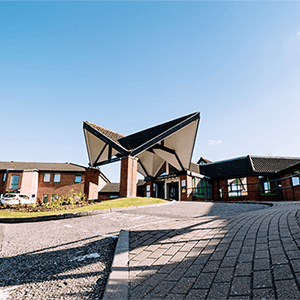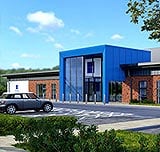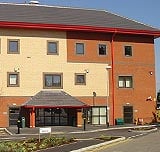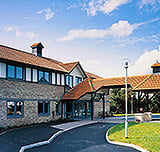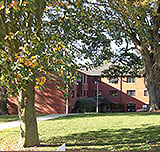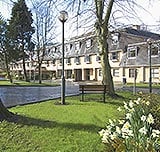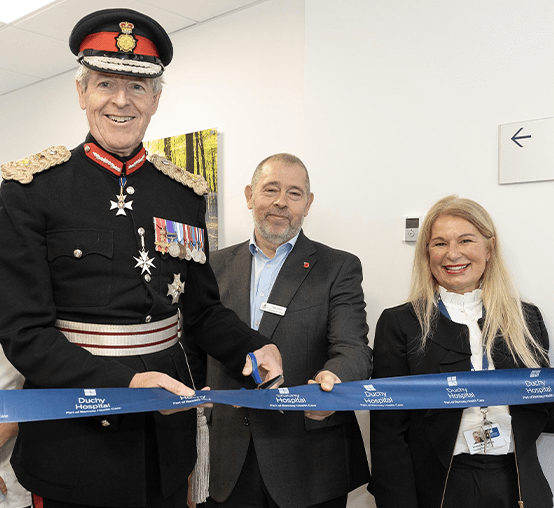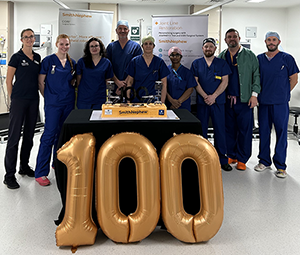
An ACL injury affects your anterior cruciate ligament (ACL), a key structure that stabilises your knee. It often occurs during sports or sudden movements, leading to symptoms like pain, swelling, instability, and difficulty bearing weight. Treatment depends on severity, ranging from rehabilitation and bracing to surgical reconstruction. ACL recovery time is typically six to nine months.
What is an ACL injury?
An ACL injury is a tear or sprain of the anterior cruciate ligament (ACL) - one of the strong bands of tissue that connects your thigh bone (femur) to your shin bone (tibia). The ACL plays a crucial role in stabilising your knee and preventing excessive movement.
ACL injuries most commonly occur during sports that involve sudden stops, quick changes in direction, jumping, or landing such as soccer, basketball, football, and skiing. Many people experience a "popping" sensation in their knee at the moment of injury, followed by swelling, instability, and pain that makes it difficult to bear weight.
The severity of an ACL injury can vary, ranging from a mild sprain to complete tear. Depending on the extent of the damage, treatment may involve rest, rehabilitation exercises, or surgery to reconstruct the torn ligament. A proper training program focusing on strength, flexibility, and technique can help reduce your risk of ACL injuries.
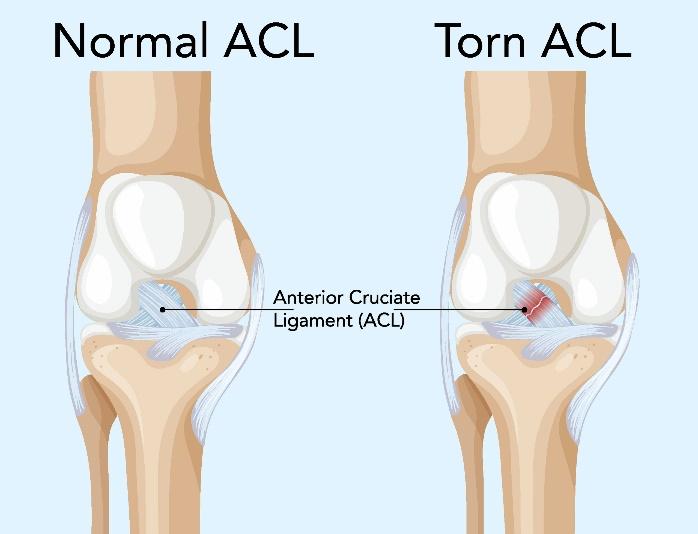
Types of ACL injury
Healthcare providers classify ACL injuries based on its severity, ranging from mild sprains to complete tears:
- Grade 1 - your ACL is stretched but remains intact, causing mild damage while still stabilising your knee.
- Grade 2 - your ACL is partially torn, leading to looseness and instability in your joint.
- Grade 3 - a complete tear where your ligament is in two pieces, significantly affecting your knee function and often requires an ACL injury operation.
Understanding the severity of an ACL injury helps determine the best course of treatment, whether rehabilitation or surgery.
Symptoms of an ACL injury
ACL injury symptoms can be sudden and noticeable, often making movement difficult. Key signs include:
- A loud pop or "popping" sensation - many people hear or feel this at the moment of injury.
- Severe pain - especially when trying to bear weight or move your knee.
- Rapid swelling - your knee may swell within hours of the injury.
- Loss of range of motion - bending or straightening your knee becomes difficult.
- Instability or "giving way" - your knee may feel loose or unable to support your weight properly.
Since other knee injuries can cause signs of an ACL injury, seeing a doctor or physiotherapist is important for an accurate diagnosis.
What causes ACL injuries and tears?
ACL injuries typically occur when excessive force or unnatural movement affects your knee joint.
Common causes include:
- Sudden changes in direction - quick pivots or cutting movements can strain your ACL.
- Landing awkwardly from a jump - poor landing can increase stress on your ligament.
- Stopping suddenly - abrupt deceleration can overload your knee.
- Direct impact or collision - a blow to your knee, such as in football tackles, can damage your ACL.
- Twisting your knee with a planted foot - rotational forces can overstretch or tear your ligament.
- Overextending your knee joint - hyperextension can lead to ligament damage.
- Car accidents or falls - trauma outside of sports can also cause ACL injuries.
Risk factors for ACL injury
Certain factors can increase the likelihood of an ACL injury, including:
- Sports participation - high-risk sports like soccer, football, basketball, gymnastics, and skiing involve sudden stops, pivots, and jumps.
- Being female - differences in knee anatomy, muscle strength, and hormonal influences may contribute to a higher risk in women.
- Poor conditioning - weak muscles around your knee can reduce stability and increase injury risk.
- Faulty movement patterns - incorrect techniques, such as knees moving inward during a squat, can strain your ACL.
- Improper footwear - shoes that don’t fit well or lack proper support can affect knee stability.
- Poorly maintained sports equipment - issues like misadjusted ski bindings can lead to ACL injuries.
- Playing on artificial turf - harder surfaces may increase stress on your knee during sudden movements.
Understanding these risk factors can help in preventing ACL injuries through proper training, conditioning, and equipment adjustments.
How to know if you have an ACL injury
Most people know the moment they tear their ACL - it often happens during sports or sudden movements, and is marked by a loud “pop”, sharp pain, or the feeling that the knee has given out. Swelling usually follows within a few hours, and the knee may feel unstable or difficult to bear weight on.
In the case of an ACL sprain (a less severe injury), symptoms can be more subtle. You might feel mild to moderate pain, swelling, or stiffness, and notice that your knee feels wobbly or weak, especially during twisting or pivoting movements.
Whether it’s a sprain or a full ACL tear injury, it’s important to get a proper diagnosis. A healthcare provider may use physical tests and imaging to confirm the injury and guide treatment.
When to see a doctor about an ACL injury
If you suspect an ACL injury, it's important to seek medical care promptly. Watch for these red flag ACL injury symptoms that indicate the need for professional evaluation:
- Severe pain - if pain is intense or worsens over time, consult a healthcare provider.
- Swelling that doesn’t improve - rapid swelling within hours of injury may signal ligament damage.
- Instability or "giving way" - if your knee feels unstable or unable to support weight, seek medical attention.
- Loss of range of motion - difficulty bending or straightening your knee could indicate a serious injury.
- A loud pop or "popping" sensation - this is often a sign of ligament damage.
- Inability to bear weight - if walking or standing is painful or impossible, get checked by a doctor.
- Signs of additional injury - if your knee looks deformed or you suspect fractures, seek emergency care.
If your injury results from a serious fall, car accident, or direct trauma, you should seek emergency care to rule out other complications. Early diagnosis and treatment can prevent further damage and improve recovery outcomes.
ACL injury treatment
ACL injuries can be managed through rehabilitation, bracing, or surgery, depending on severity. Mild sprains often heal with physiotherapy, while complete tears may require ACL reconstruction surgery. Early treatment helps restore knee stability and function, reducing long-term complications.
How to treat your ACL injury at home
Proper ACL injury treatment and care can support your recovery and prevent further damage.
Here are key steps to follow:
- Avoid high-impact activities - refrain from playing sports or engaging in movements that put stress on your knee.
- Follow the RICE method - a widely recommended approach for reducing pain and swelling:
- Rest - avoid activities that strain your knee and allow healing.
- Ice - apply a cold compress or ice pack wrapped in a towel for 15 to 20 minutes several times a day.
- Compression - use an elastic bandage or knee brace to reduce swelling and provide support.
- Elevation - keep your knee raised above your heart level to minimise swelling.
- Use supportive gear - wearing a knee brace or using crutches can help stabilise your joint.
Pain relief medication
Managing pain after an ACL injury is crucial for recovery. Depending on the severity of your discomfort, healthcare providers may recommend:
- Over-the-counter painkillers - medications like paracetamol or ibuprofen help relieve pain and reduce inflammation.
- Non-steroidal anti-inflammatory drugs (NSAIDs) - ibuprofen and naproxen can ease swelling and discomfort.
- Prescription pain medications - if your pain is severe, doctors may prescribe stronger painkillers, such as codeine or tramadol.
- Topical pain relievers - gels or creams containing diclofenac can provide localised relief.
Physiotherapy and exercise for ACL injuries
Physiotherapy plays a crucial role in rehabilitating an ACL injury, helping you regain strength, stability, and mobility in your knee. A physiotherapist will assess your injury and create a personalised rehabilitation programme tailored to your needs.
Key components of ACL physiotherapy include:
- Strengthening exercises - targeting muscles around your knee, such as the quadriceps and hamstrings, to improve joint support.
- Stretching and flexibility training - restoring a full range of motion and preventing stiffness.
- Balance and stability work - enhancing knee control to reduce your risk of re-injury.
- Gradual return to activity - a structured plan to safely resume sports or daily movements.
Following the recommended exercises is essential for recovery, ensuring your knee returns to normal function while minimising future injury risks.
ACL injury surgery
In some cases, ACL reconstruction surgery may be necessary to restore knee stability and function. Your doctor may recommend surgery if:
- You are an athlete and want to return to sports involving jumping, cutting, or pivoting.
- You have additional injuries, such as damage to other knee ligaments or cartilage.
- Your knee buckles or gives way during everyday activities.
- You have a physically demanding job, such as firefighting, military service, or construction work.
During ACL surgery, your damaged ACL is removed and replaced with a graft - a segment of tendon from another part of your knee or a donor.
Rehabilitation therapy is essential for regaining strength and mobility. Most patients return to full activity within 6 to 12 months, depending on their recovery progress.
ACL injury recovery time
Recovering from an ACL injury takes six to nine months, but athletes may need a year or more before returning to sports.
Key phases
- Weeks 1 to 6 - focus on pain relief, swelling reduction, and regaining movement.
- Months 3 to 6 - strengthen your muscles and improve stability through rehabilitation.
- Months 6 to 12 - gradual return to activity. Clearance from a doctor is essential to prevent re-injury.
Rushing ACL recovery time increases your risk of re-injury, so following medical advice is crucial.
How to prevent ACL injuries
While ACL injuries can’t always be avoided, proper training and precautions can significantly reduce your risk.
Here are key steps to help protect your knee and lower your chance of ACL injury:
- Strengthen core and legs - improve your stability and balance.
- Practice safe movement - use correct jumping, landing, and pivoting techniques.
- Wear proper footwear - support your knees during activity.
- Warm up and stretch - prep your muscles before exercise.
- Avoid playing through pain - stop if your knee feels unstable.
How are ACL injuries diagnosed?
Doctors typically diagnose an ACL injury through a physical examination and imaging tests. The physical exam checks for swelling, tenderness, and instability by comparing your injured knee to your uninjured one. They will also move your knee into different positions to assess its range of motion and joint function.
Imaging tests
- X-rays - used to rule out fractures, though they don’t show soft tissues like ligaments.
- MRI scans - provide detailed images of ligaments, tendons, and cartilage, helping assess the severity of your injury.
- Ultrasound - uses sound waves to visualise soft tissue damage in your knee.
A combination of these methods helps doctors determine the extent of your ACL injury and the best course of treatment.
How to tell if an ACL is torn or sprained
An ACL sprain and an ACL tear injury both involve damage to your anterior cruciate ligament, but they differ in severity and recovery time.
Differences in injury severity
- ACL sprain - the ligament is stretched but remains intact. This can range from mild (Grade 1) to moderate (Grade 2) damage.
- ACL tear - the ligament is partially or completely torn (Grade 3), significantly affecting knee stability.
Differences in symptoms
- Sprain - mild to moderate pain, swelling, and instability, but your knee may still function.
- Tear - severe pain, swelling, loss of range of motion, and difficulty bearing weight. A "popping" sensation is common.
Differences in healing time
- Sprain - recovery typically takes weeks to a few months with rest, physiotherapy, and bracing.
- Tear - healing can take six months to a year, often requiring surgery and extensive rehabilitation.
ACL injury diagnosis and treatment at Ramsay Health Care
Ramsay Health Care UK provides expert diagnosis and treatment for ACL injuries, offering fast access to consultations, imaging, and personalised care plans. Whether you’ve experienced a partial sprain or a full ACL tear, our orthopaedic specialists guide you through every step, from initial assessment to recovery.
Treatment options include conservative management with physiotherapy or ACL reconstruction surgery, performed using minimally invasive arthroscopic techniques. Ramsay’s approach focuses on restoring knee stability, reducing pain, and helping you return to daily activities or sport safely.
With short wait times, fixed-price packages, and comprehensive aftercare, Ramsay ensures a smooth and supportive experience from diagnosis to full recovery.
You can learn more about ACL reconstruction here.
